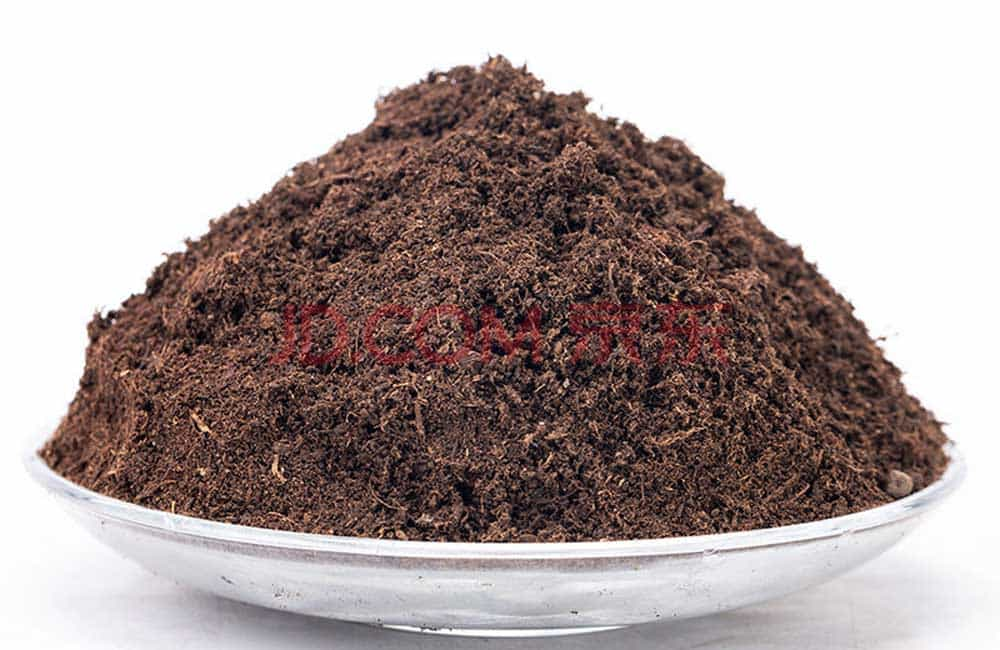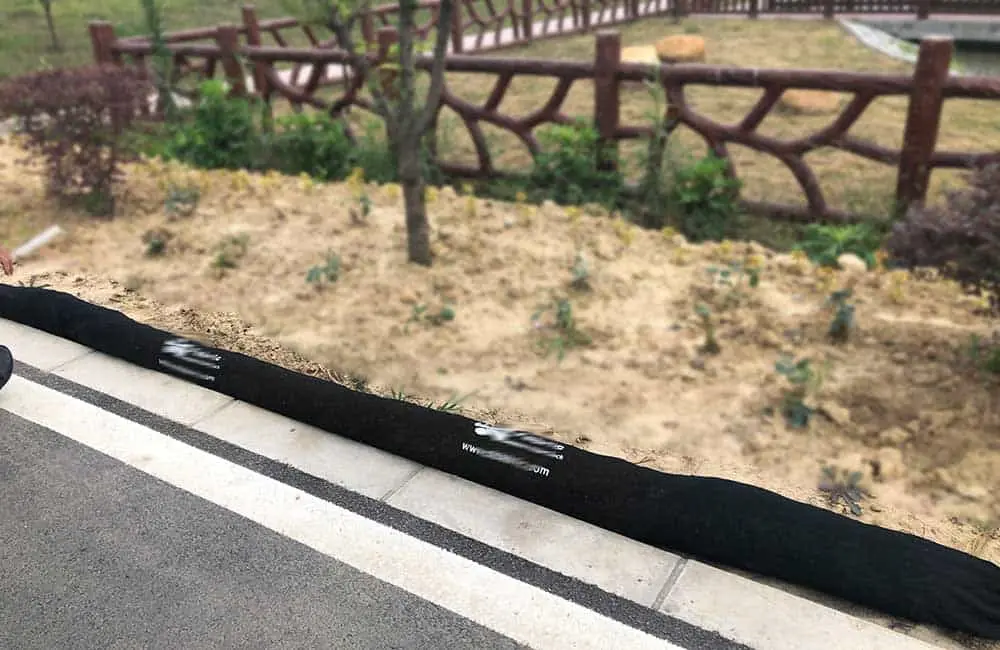Main Hazards Of Soil Erosion
When soil erosion increases, it leads to loss of ecological balance and frequent droughts and floods, and the situation will become more and more serious.
There are many causes of soil erosion, which were mentioned in the previous article ——“What is the main causes of soil erosion?”. So what are the hazards of soil erosion? There are three main hazards.
1. Serious soil erosion leads to the loss of soil fertility
The amount of food consumed each year in each country is considerable, and this requires that people who produce have the technology to maintain the fertility of land resources to deal with the increasing erosion. Soil erosion leads to a lack of effective accumulation of organic matter in the soil, which reduces the fertility of the soil, and the fertility of unvegetated slopes is greatly reduced when they are washed away by heavy rains.
In addition, soil erosion can have a series of negative effects on the physical and chemical properties of the soil and the agricultural ecology.
2. Severe soil erosion leads to frequent droughts and floods
When soil erosion increases, it leads to loss of ecological balance and frequent droughts and floods, and the situation will become more and more serious. After soil erosion occurs in the upstream watershed, a large amount of sediment will be remitted into the river when there is flowing water again, increasing the amount of sediment, and the water with sediment will flow through the midstream riverbed, the downstream riverbed, the river channel and the reservoir, etc. When the flow speed is slowly reduced, the sediment will slowly sink into the silt, thus reducing the stock capacity of the reservoir, and the river channel will be blocked, thus making the navigable mileage significantly shortened, which will have a serious impact on water conservancy projects and navigation. This has a serious impact on water conservation projects and navigation.
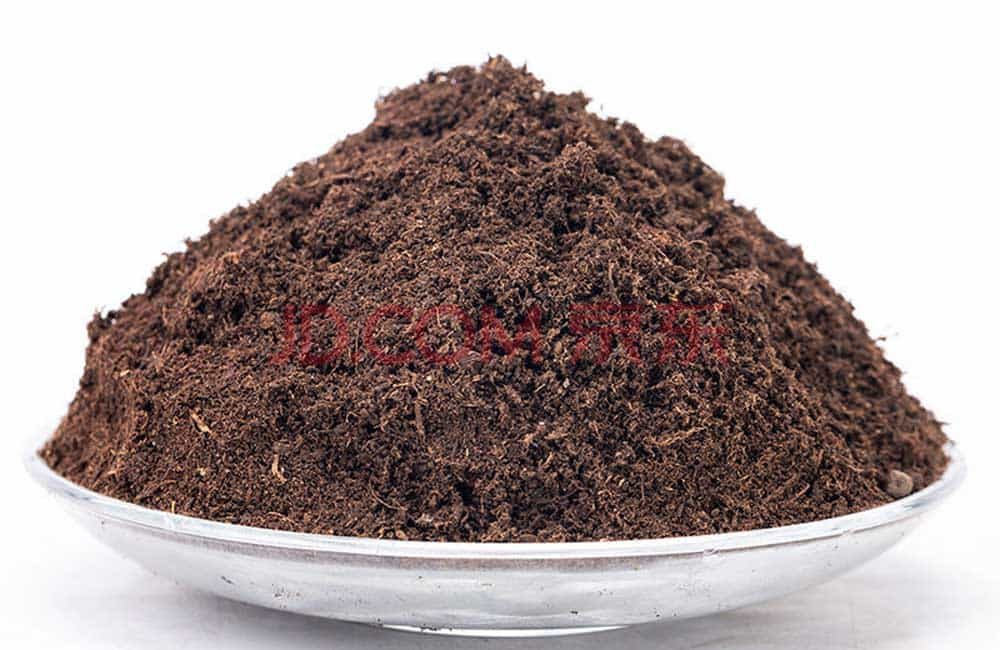
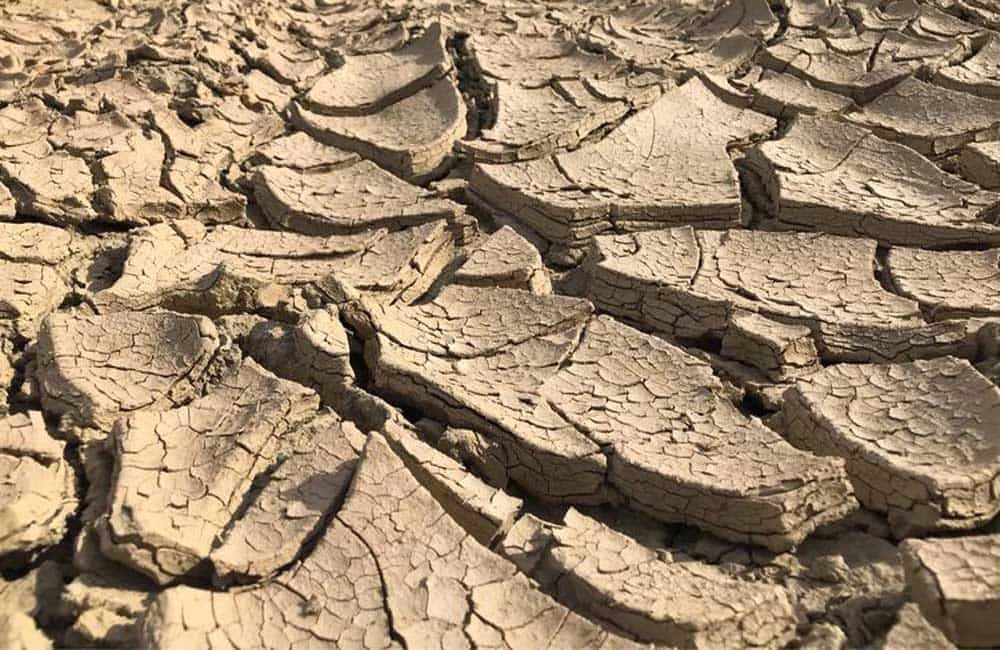
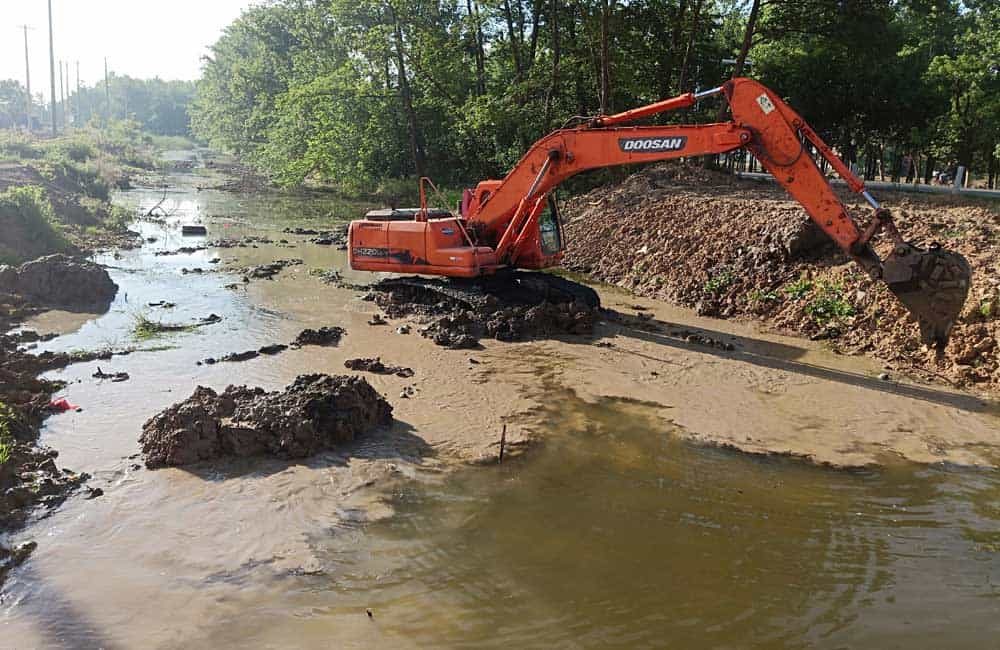
3. Serious soil erosion leads to river blockage
Soil erosion not only reduces the fertility of the soil and leads to frequent droughts and floods, but more serious soil erosion can cause a large amount of sediment to flow into rivers and other places, which can seriously lead to unusable reservoirs and direct scrapping, resulting in large silt dams.
